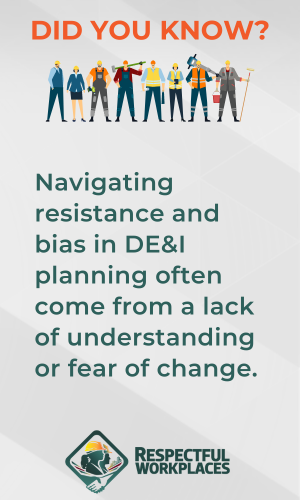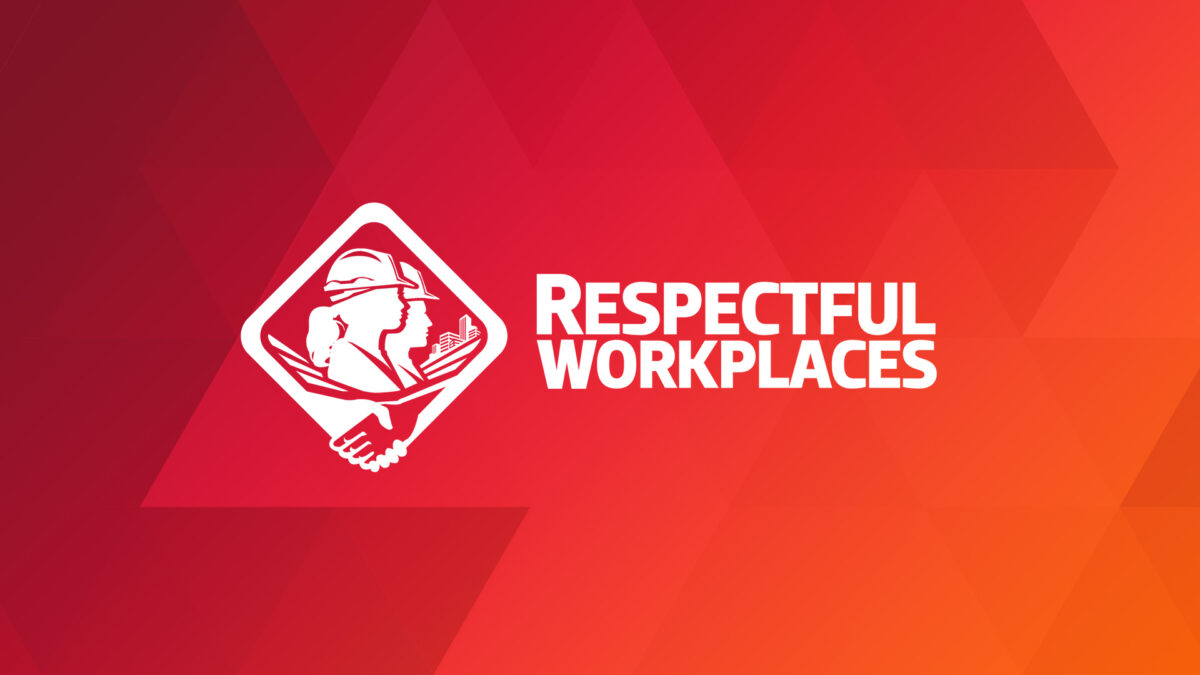
In any business, a well-structured plan for diversity, equity, and inclusion (DE&I) is essential. This goes beyond just the conventional business case. The integral role of DE&I in today’s business climate is evident: it shapes organizational culture and drives innovation.
Creating a DE&I plan is not about compliance or public image. It is a strategic necessity that resonates with the core values of a business and its stakeholders. DE&I planning involves adapting strategies to cultural nuances. It is crucial in today’s climate, where businesses exist in diverse cultural landscapes.
An effective DE&I plan is more than a set of goals. It is a roadmap for fostering a more inclusive workplace culture. Key components of a successful plan include clear objectives, actionable strategies, and measurable outcomes. These components ensure that DE&I efforts result in tangible changes.
Aligning your DE&I plan with the overall business strategy is crucial. It’s about integrating inclusivity into every aspect of the business. This alignment helps in leveraging diversity as a strategic advantage, enhancing innovation, and ensuring that the organizational culture reflects the diverse voices of all its members. Crafting a DE&I plan that resonates with the core values of a business and its stakeholders paves the way for a more dynamic, innovative, and empathetic workplace environment.
Steps to develop a DE&I plan
Developing a plan begins with a thorough assessment of the current workplace culture. This involves understanding existing perceptions and practices related to DE&I within the organization. Tools such as surveys, interviews, and focus groups are key for gathering this crucial data.
Setting clear and measurable DE&I goals is the next pivotal step. They should be specific, achievable, and aligned with the objectives of the organization. They serve as benchmarks to gauge the progress and impact of the DE&I initiatives.
Engaging stakeholders in every step of the DE&I planning process is essential. It ensures diverse perspectives are considered and fosters a sense of ownership and commitment among all members of the organization.
Challenges in DE&I planning and how to overcome them
Navigating resistance and bias are significant challenges in DE&I planning. Both come from a lack of understanding or fear of change. Addressing them requires effective communication, education, and engagement strategies to demonstrate the value of DE&I. Unconscious bias, which is the subtle, unintentional form of discrimination, can be mitigated through regular training and by promoting a culture of awareness and inclusivity.
Adapting the plan to diverse contexts is another crucial aspect. Each region has its unique cultural dynamics, making it essential to tailor DE&I strategies accordingly and ensure that the DE&I plan is not only effective but also respectful to different cultures.
DE&I implementation and monitoring strategies
Key strategies to implement a DE&I plan include establishing clear communication channels, setting realistic timelines, and involving every level of the organization. To ensure that the plan is relevant and resonates with all employees, companies should tailor the implementation to the unique dynamics of the workplace. Continuous learning and adaptation help businesses to keep the DE&I plan active: this involves regular training sessions, open dialogues, and feedback mechanisms.
Companies should use metrics and key performance indicators to monitor, track progress, and evaluate the success of their DE&I plans. These metrics help businesses understand the impacts of their initiatives and identify areas for improvement. The metrics should be clearly defined, relevant, and aligned with the broader objectives of the DE&I strategy.
Regular reviews and a feedback process are the backbone of a dynamic DE&I plan. These processes involve assessing metrics as well as gathering feedback from employees and stakeholders. Regular reviews help determine the effectiveness of the DE&I initiatives and provide opportunities for timely adjustments. This way, companies ensure that the DE&I plan is aligned with the evolving needs of the organization.
The ongoing journey of DE&I
The journey of DE&I is an ongoing one, driven by continuous learning and adaptation. Employers should choose a structured approach to DE&I, to enrich workplace culture, drive innovation, and improve business performance.
Businesses are increasingly recognizing the value of diverse perspectives and inclusive cultures in their markets. As we move forward, DE&I will likely become even more ingrained in business philosophies, shaping not just internal practices but also external interactions and brand identities.
Michael Bach is an author and speaker, a thought leader in inclusion, diversity, equity, and accessibility, and an IDEA consultant to BuildForce Canada.

Respectful and Inclusive Workplaces
